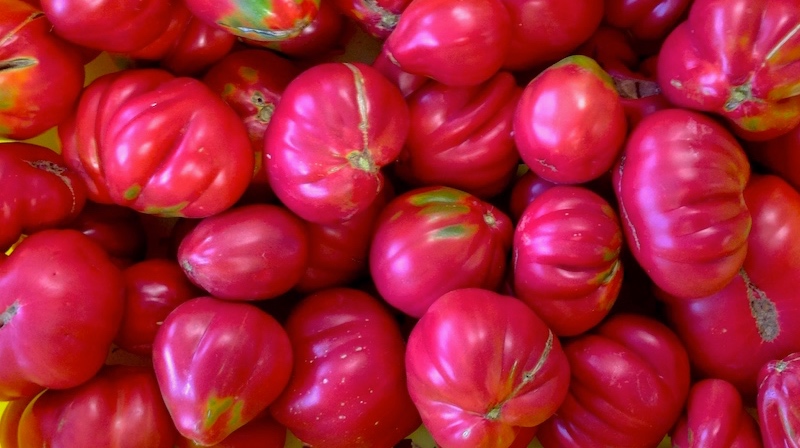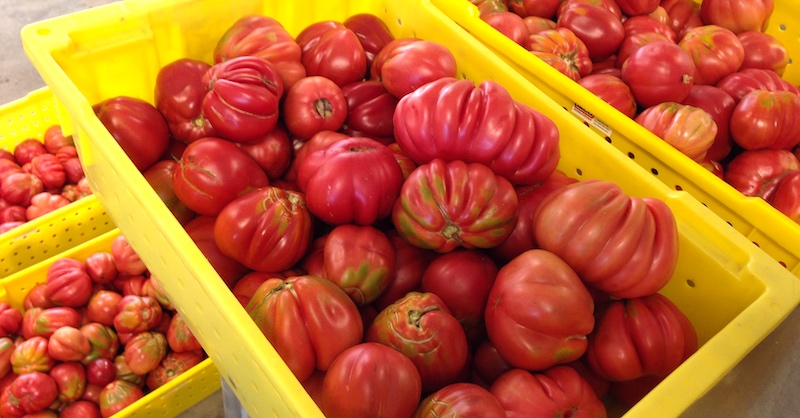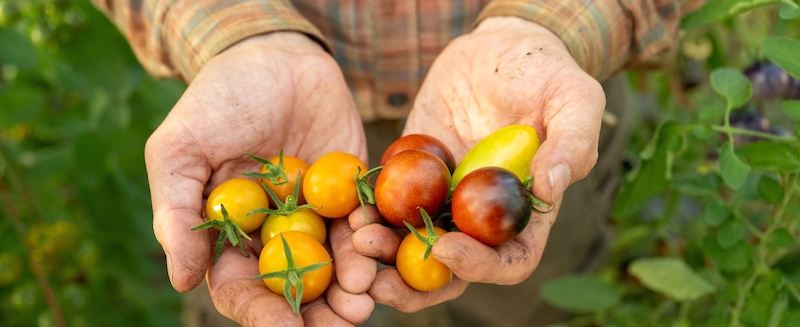
Holiday Gifting, Part Two: The Gift of Generosity
I don't know about you, but my family doesn't need more stuff cluttering up our lives (or needing to be dusted). Several years ago my parents sat the whole family down before the holidays and suggested giving gifts of "meaning"—that is, gifts to charities or causes that the recipient would want to support. For instance, my mother appreciated gifts to Heifer International, an organization that has a mission to end hunger and poverty by supporting and investing alongside local farmers and their communities.
In that spirit I thought I'd put together a list of organizations that support our food system directly or indirectly, in case you or your loved ones are inclined to ditch the store aisles packed with desperate shoppers and contribute to changing our planet for the better. (Many of them would also make great year-end charitable donations, if that's more your bent.)
 Food System
Food System
Friends of Family Farmers is a statewide organization that supports Oregon's small family farmers through networking, workshops and legislative advocacy.
Farmers Market Fund makes healthy, locally grown food accessible to under-served Oregonians through their Double Up Food Bucks program that provides a dollar-for-dollar match on SNAP (food stamp) purchases at over 90 Oregon farmers' markets.
Center for Food Safety works to empower people, support farmers, and protect the earth from the harmful impacts of industrial agriculture through groundbreaking legal, scientific, and grassroots action.
Pacific Northwest Community Supported Agriculture is committed to providing education about Community Supported Agriculture (CSA), supporting farmers who provide quality local food to our communities, and increasing access to healthy food for underserved communities.
Oregon Agricultural Trust works with farmers and ranchers around Oregon to safeguard Oregon’s farm and ranch lands and the rural communities that depend upon them by permanently protecting our working lands and helping them stay in production.
Gaza Soup Kitchen is a grassroots initiative led by the people of Gaza, serving hot meals to tens of thousands daily. Born from a vow to ensure no neighbor goes hungry, 99% of every dollar goes directly to feeding and supporting the people of Gaza. (Read my post about Gaza Soup Kitchen.)
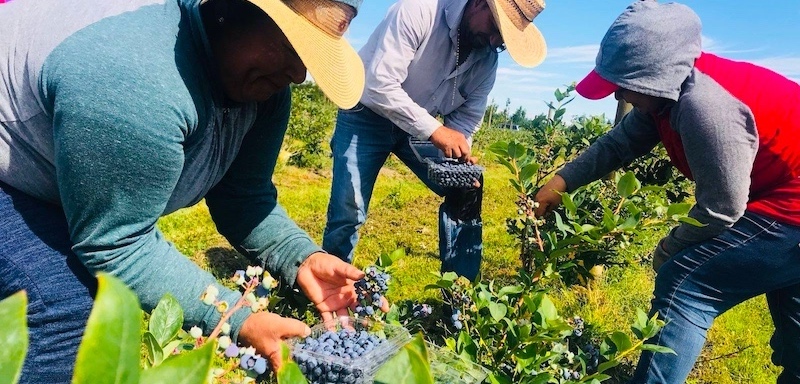 Justice for Immigrants and Farm Workers
Justice for Immigrants and Farm Workers
Portland Immigrant Rights Coalition (PIRC) is committed to defend the rights of immigrants in our community through education, rapid response, and legal support.
PCUN (Oregon Farmworker Union) has a mission to empower farmworkers and working Latinx families in Oregon by building community, increasing Latinx representation in elections, and advancing policies on both the national and state levels.
Community to Community is a grassroots organization led by women of color that is committed to strengthen local and global movements toward social, economic, and environmental justice. (Read my article about founder Rosalinda Guillen.)
 Environment and Climate
Environment and Climate
Food and Water Watch works to protect food, water, and air, as well as fighting climate change by banning fossil fuels.
Columbia Riverkeeper is committed to protect and restore the water quality of the Columbia River from the headwaters to the Pacific Ocean by partnering with tribes and uniting communities to advocate for environmental and climate justice.
Xerces Society protects the natural world through the conservation of invertebrates and their habitats by conducting research and relying on up-to-date information to guide its conservation work in pollinator conservation, endangered species conservation, and reducing pesticide use and impacts.
Photos: Pacific Northwest CSA (top); Beaverton Farmers Market (market shoppers); Community to Community (farm workers); Xerces Society (lady beetle).
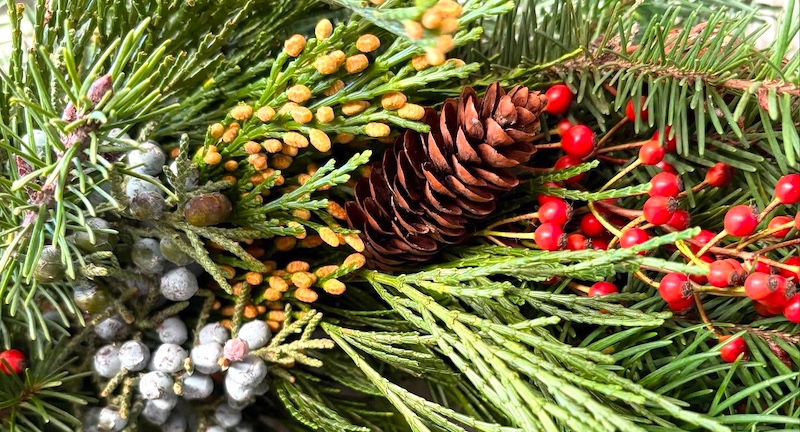



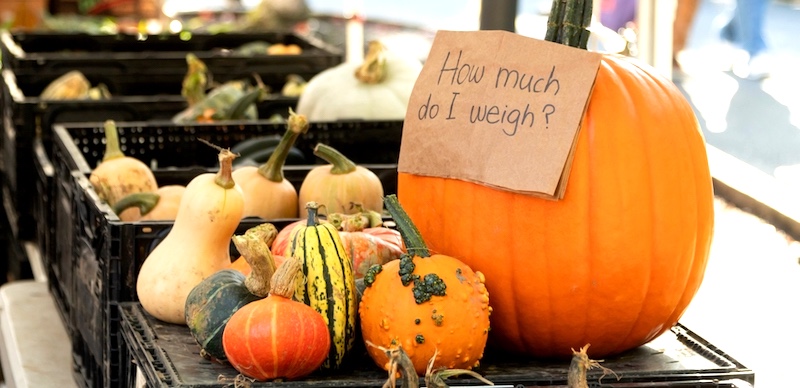


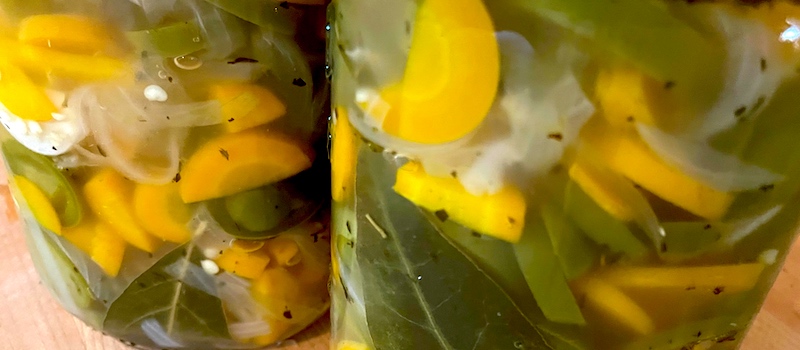
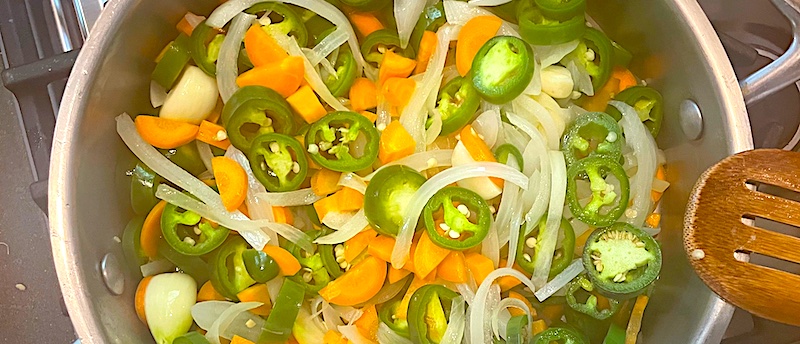
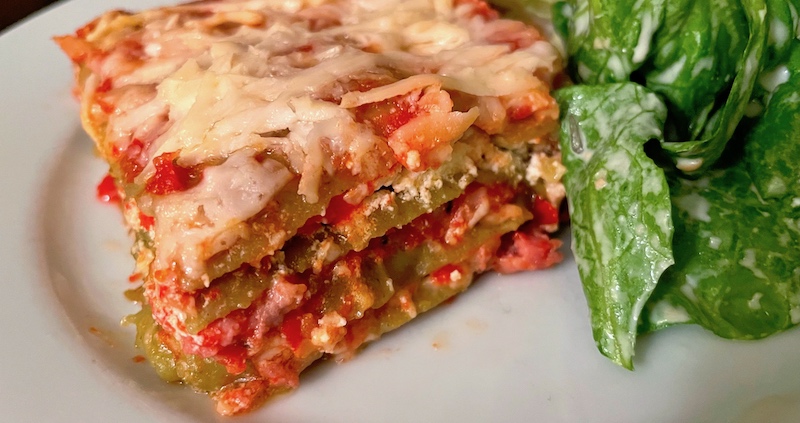

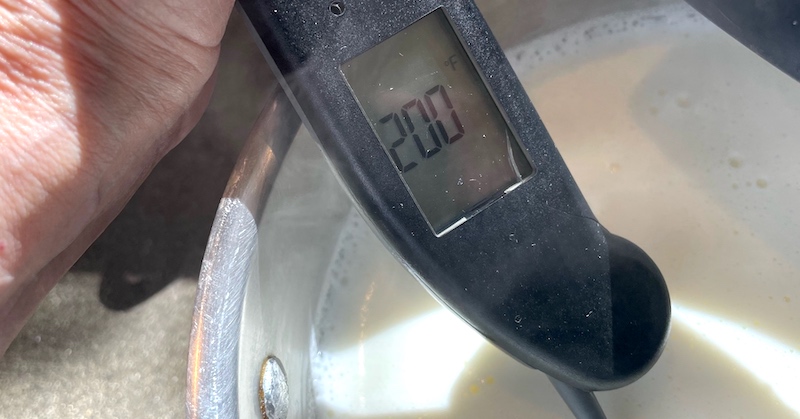

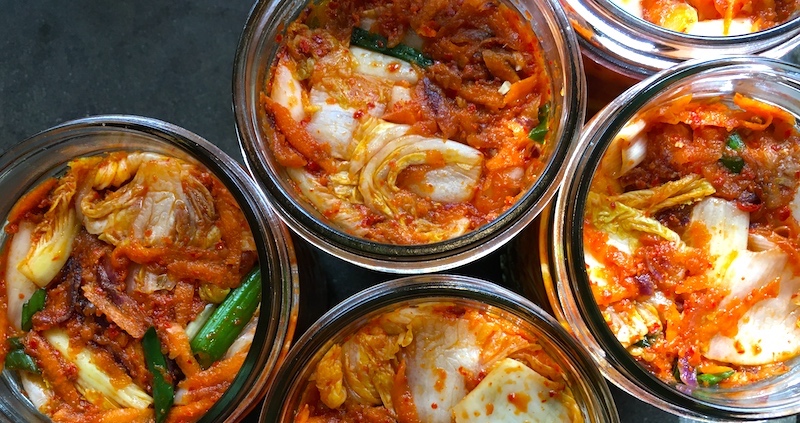
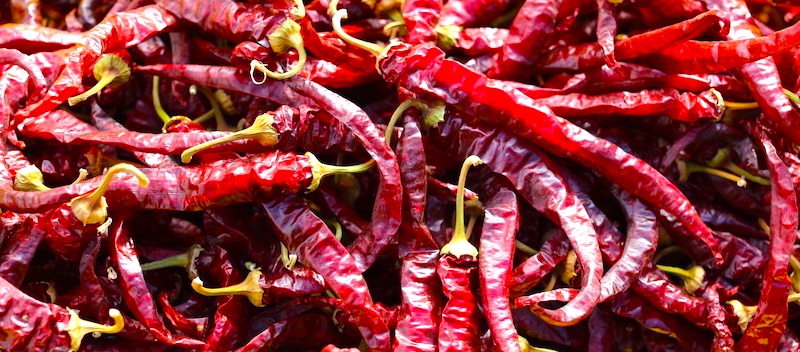
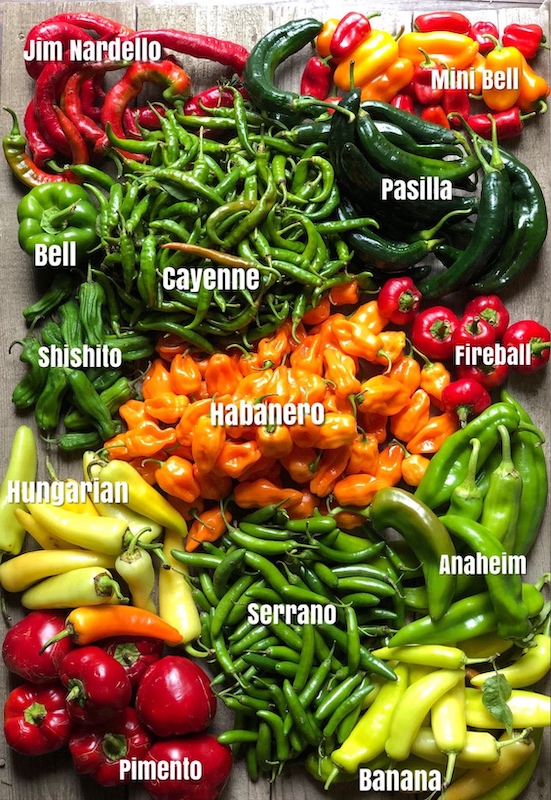 The chemical in chile peppers that gives them heat is capsaicin which is technically a neurotoxin. It stimulates the adrenal glands to release hormones, which theoretically creates an energy rush. The fiery sensation you feel also triggers the brain to produce endorphins, natural painkillers that promote a sense of well-being and stimulation. They can also make you sweat, which is your body’s natural air conditioner. This may explain why chiles figure prominently in cuisines in and around the tropics.
The chemical in chile peppers that gives them heat is capsaicin which is technically a neurotoxin. It stimulates the adrenal glands to release hormones, which theoretically creates an energy rush. The fiery sensation you feel also triggers the brain to produce endorphins, natural painkillers that promote a sense of well-being and stimulation. They can also make you sweat, which is your body’s natural air conditioner. This may explain why chiles figure prominently in cuisines in and around the tropics.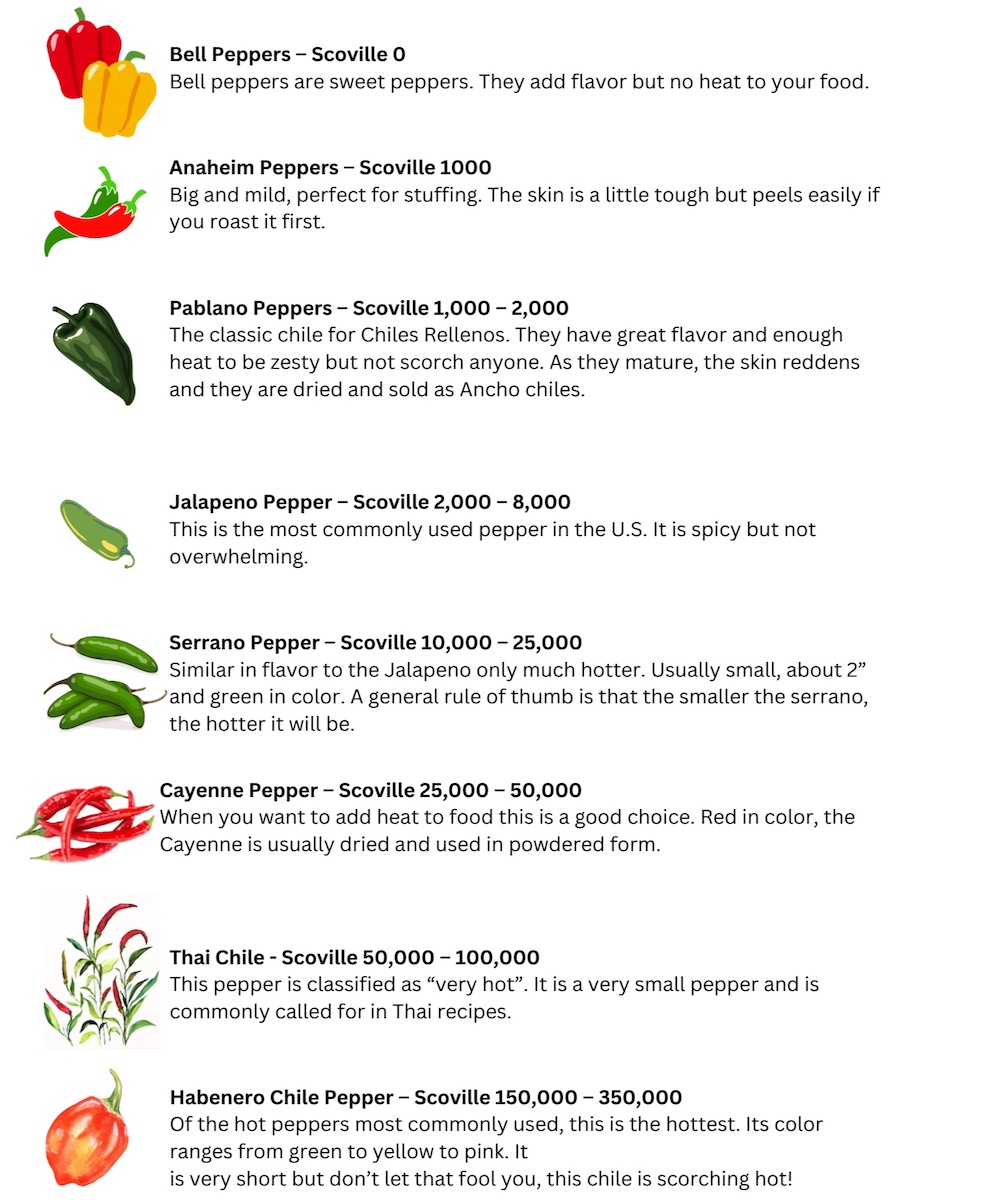 Other peppers you will find in the market:
Other peppers you will find in the market:
 So, to cut to the chase, an attempt at making gochujang mac'n'cheese had been on my mind for awhile. Sure, I've made various iterations of the classic cheesy noodle casserole from versions laced with
So, to cut to the chase, an attempt at making gochujang mac'n'cheese had been on my mind for awhile. Sure, I've made various iterations of the classic cheesy noodle casserole from versions laced with 

